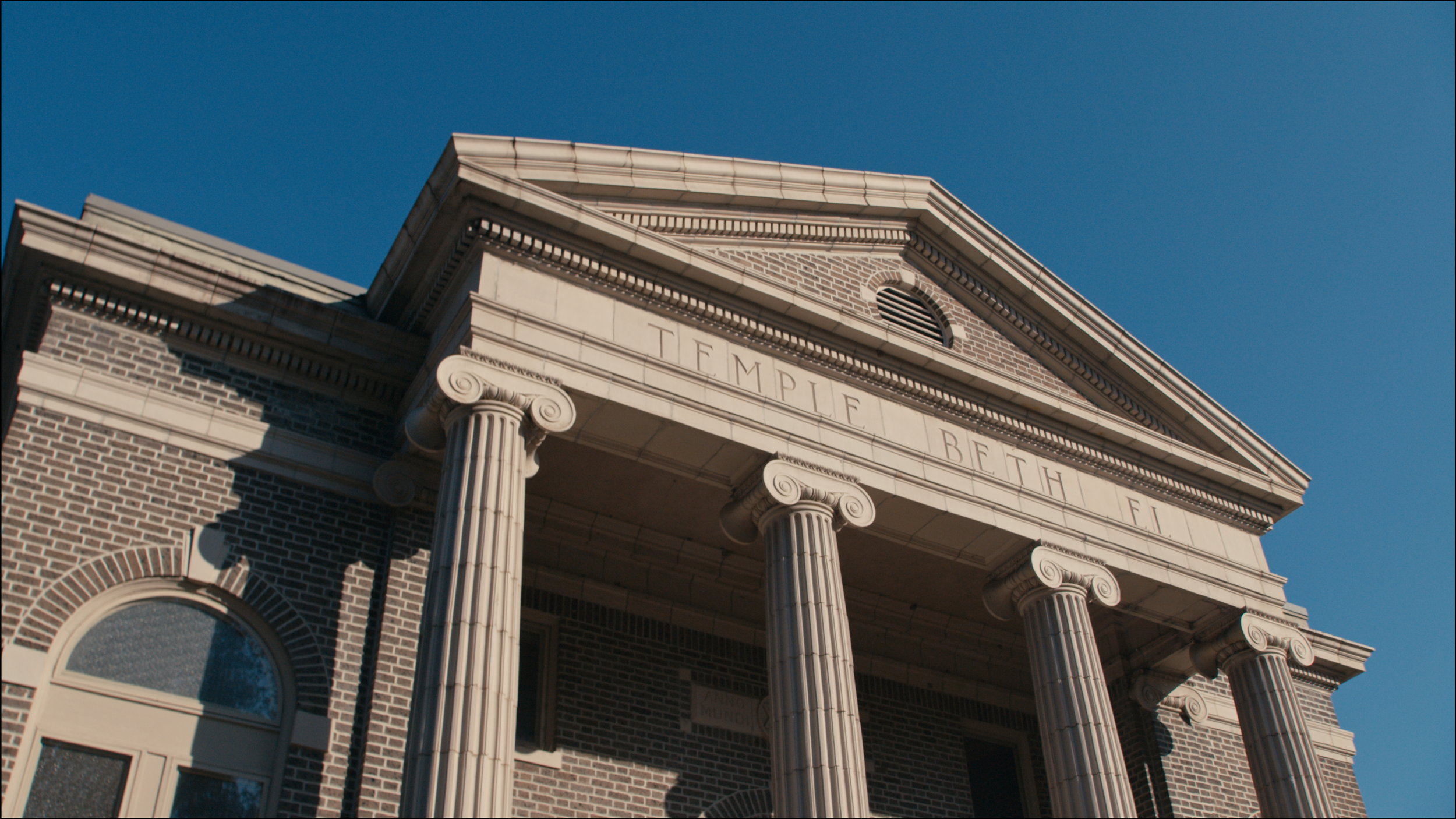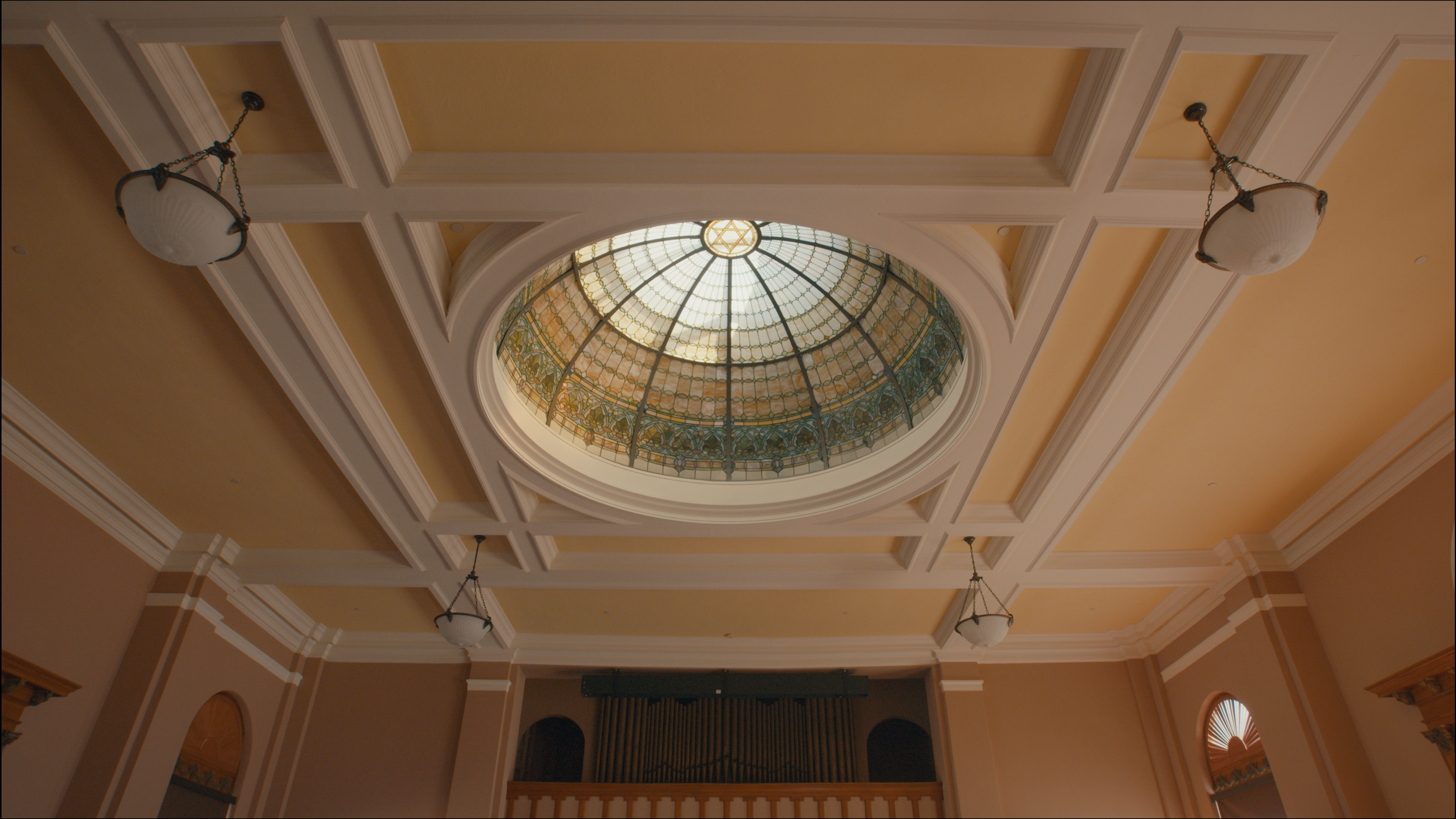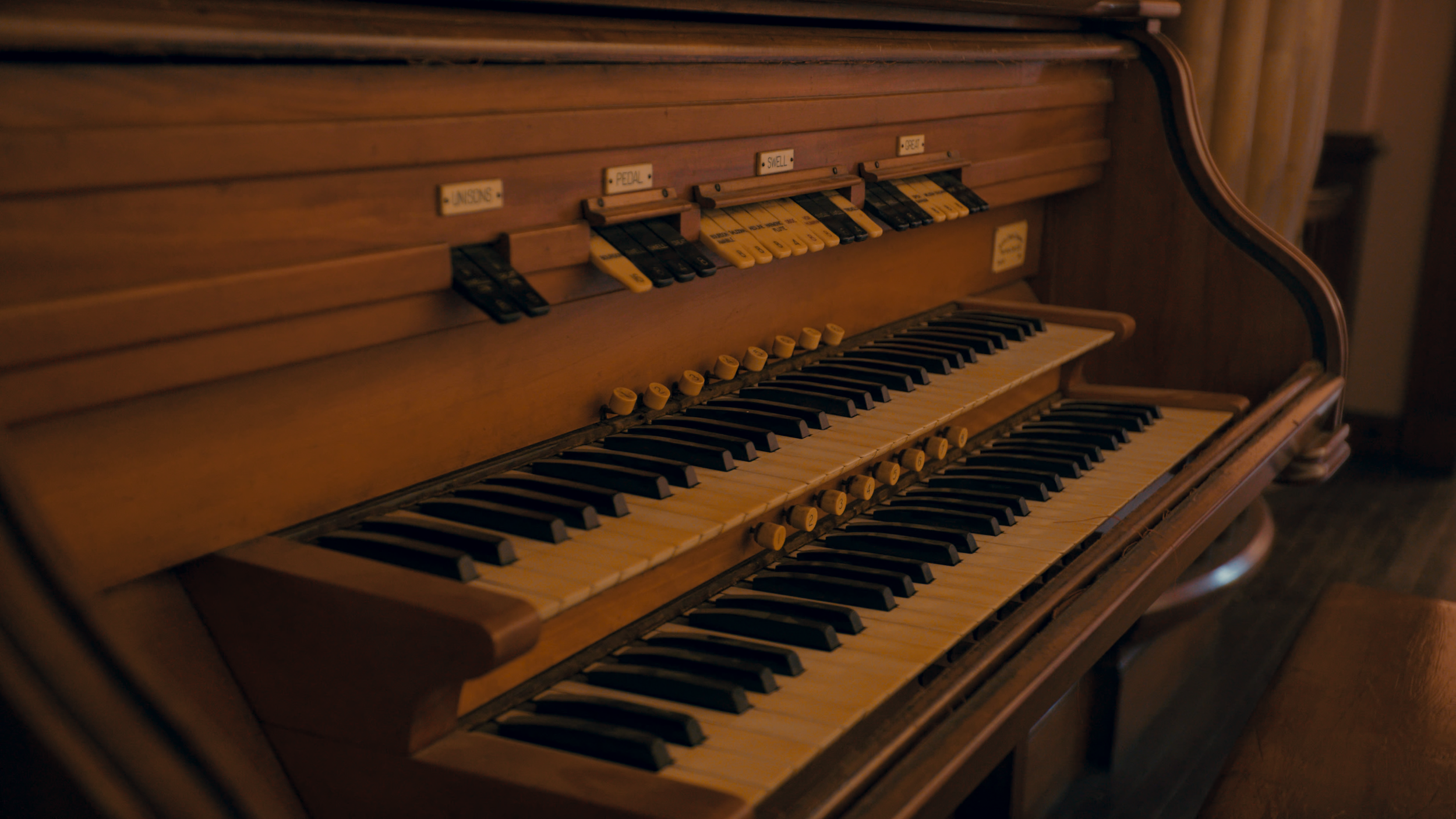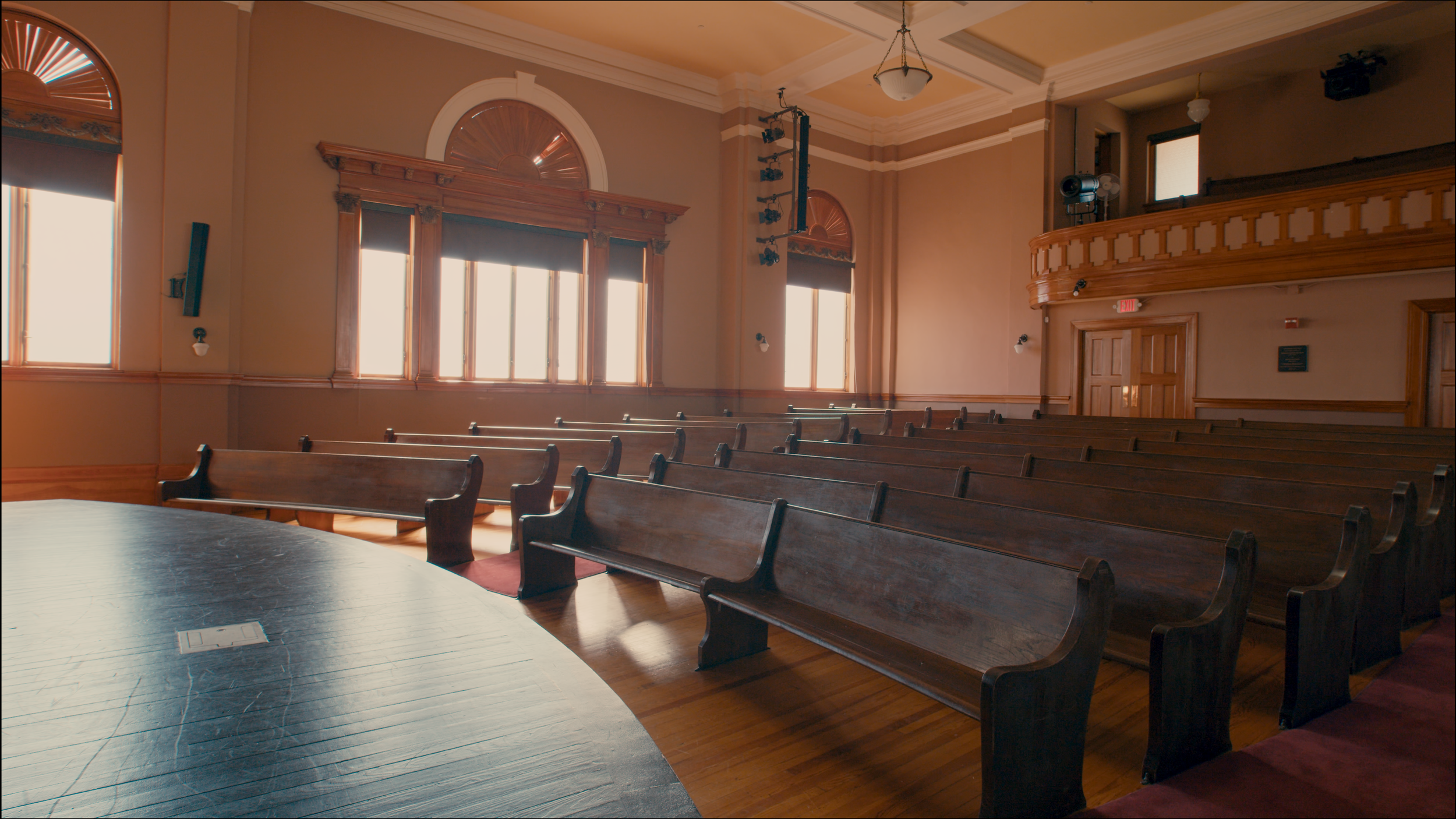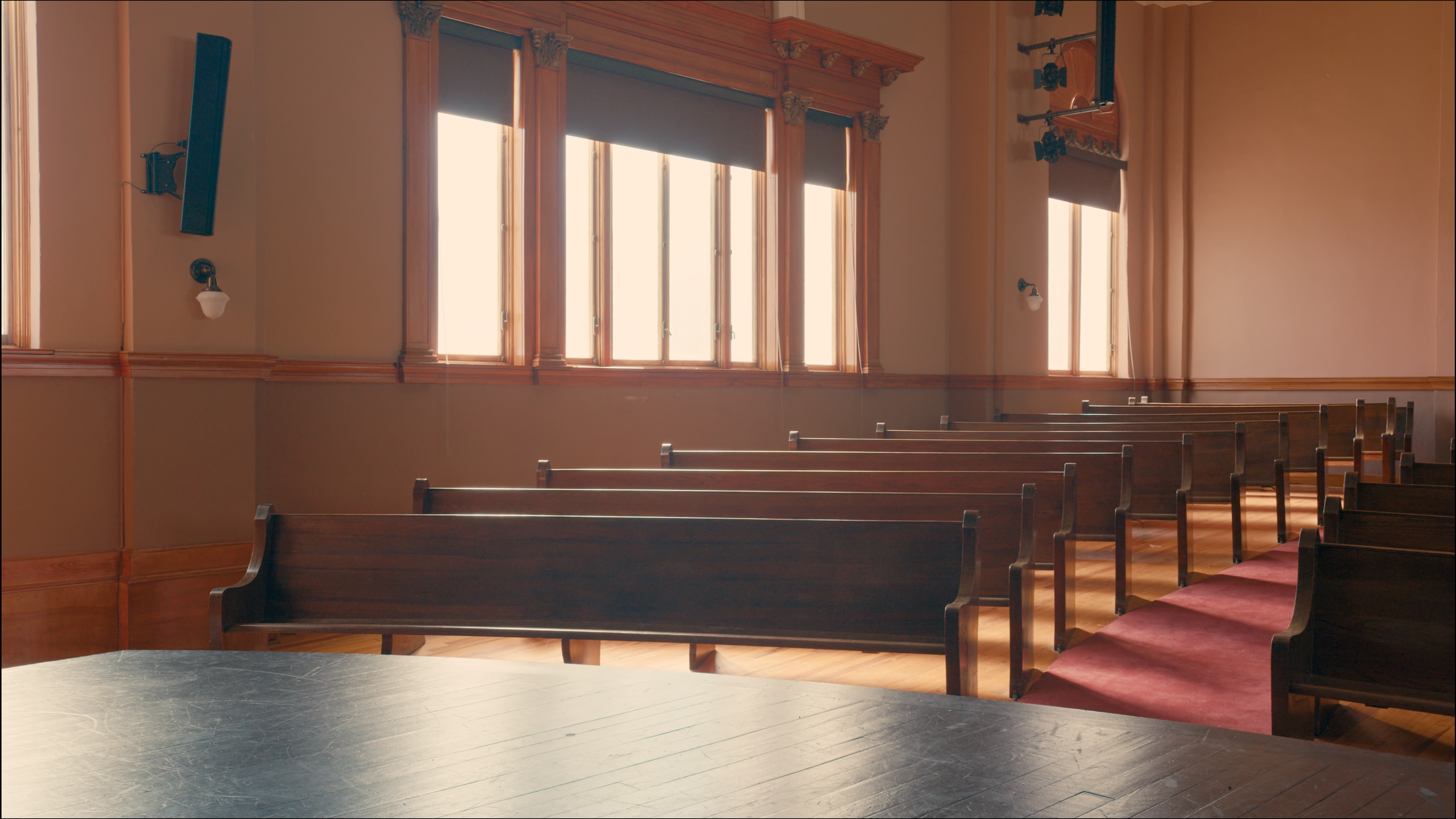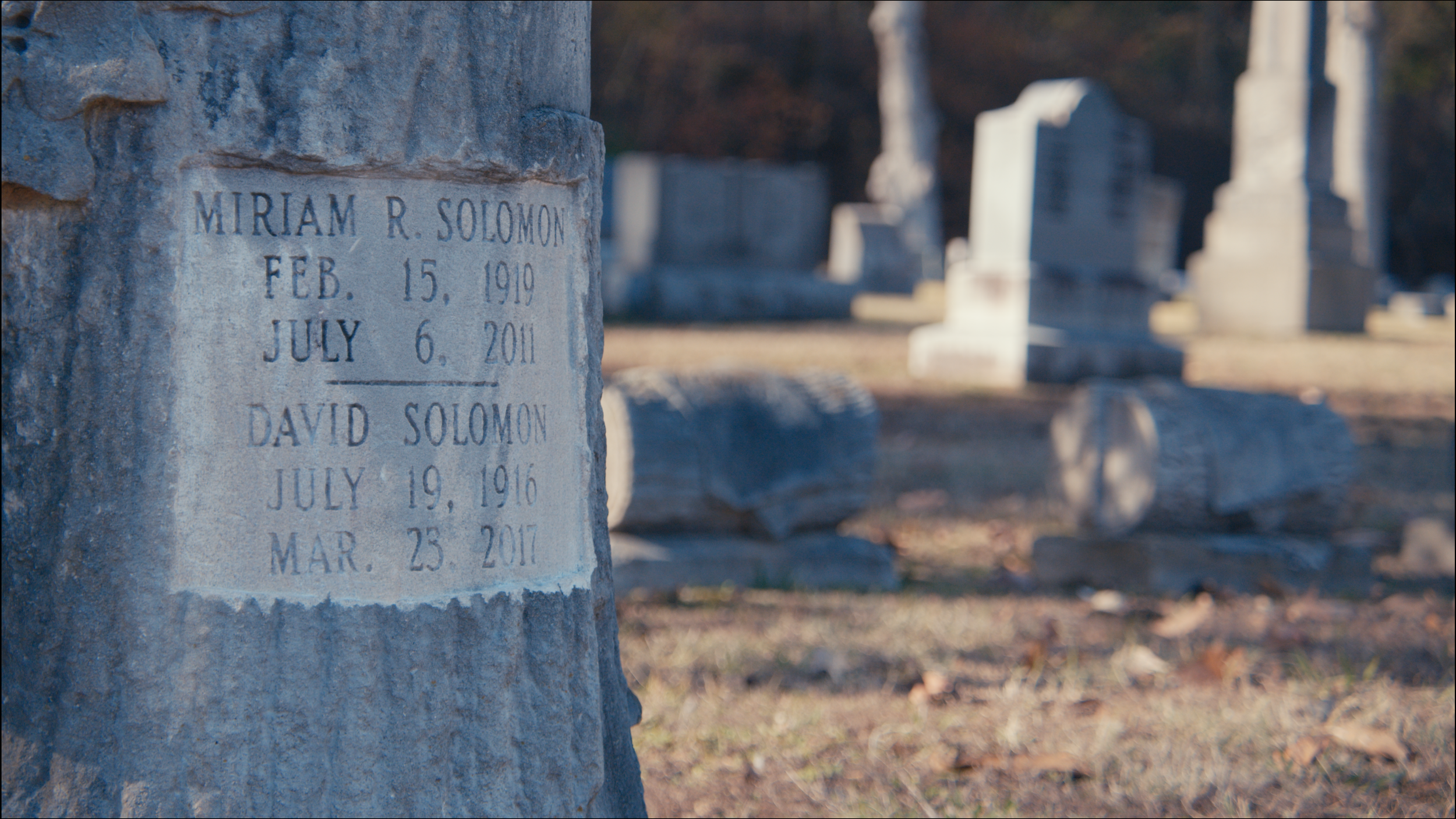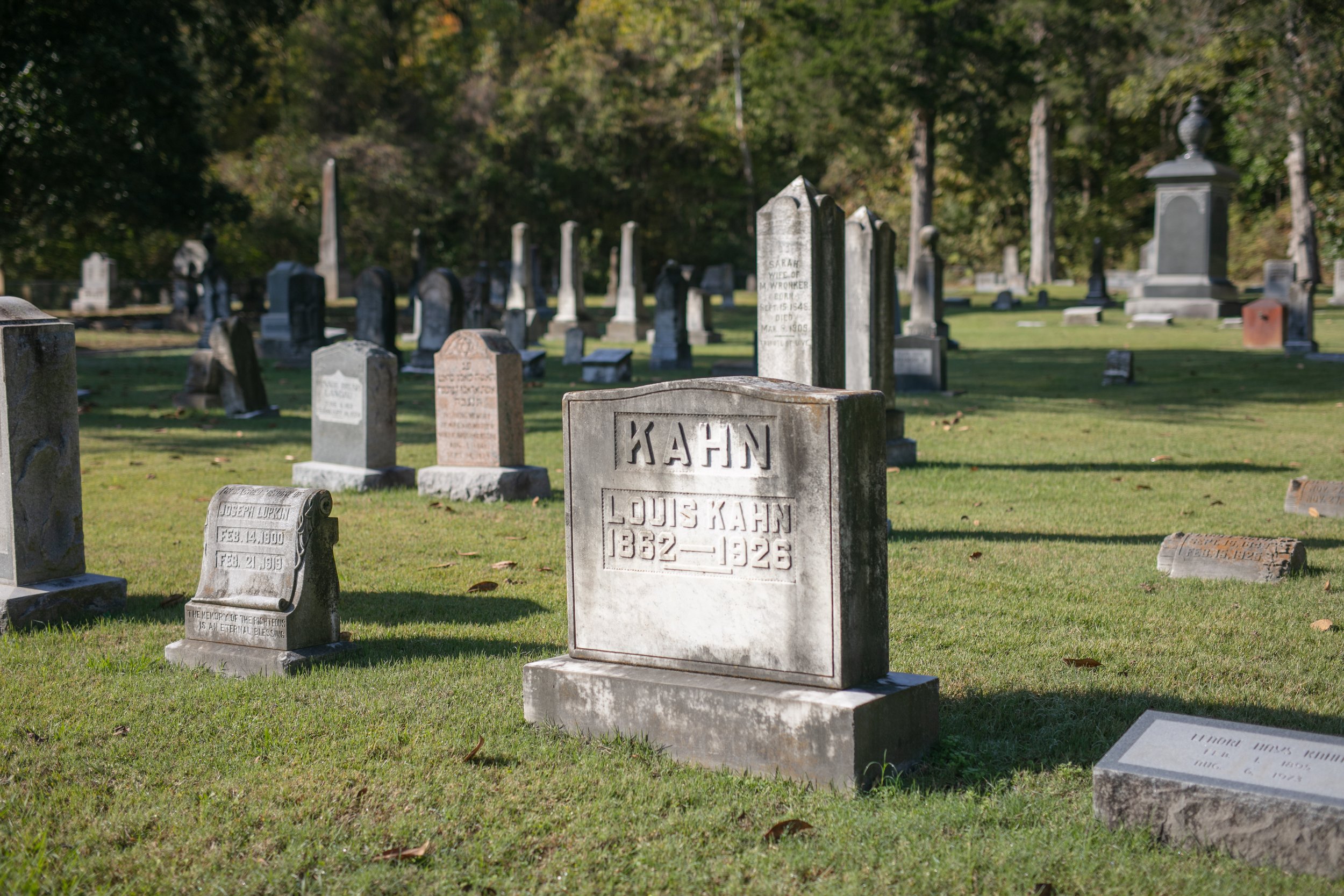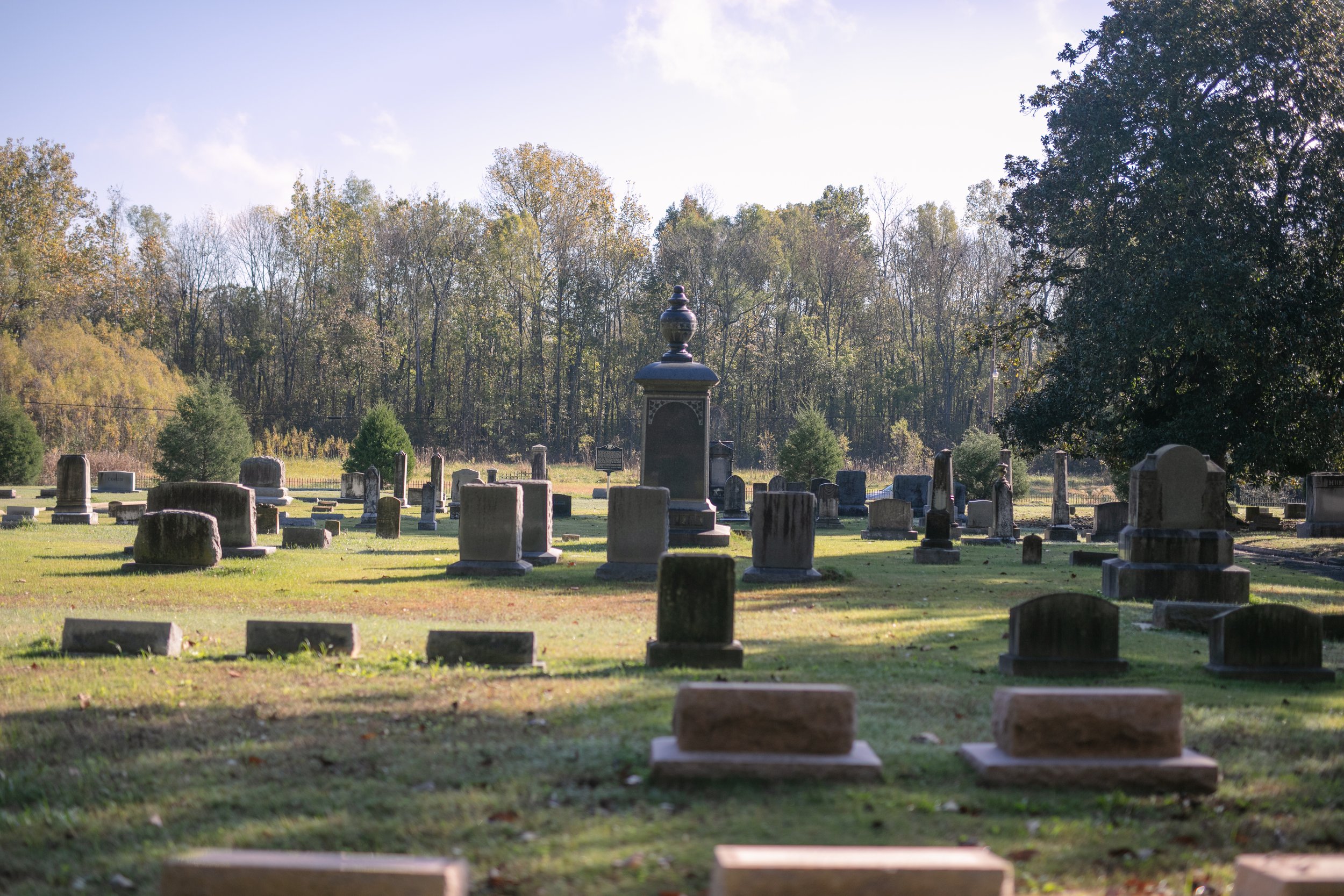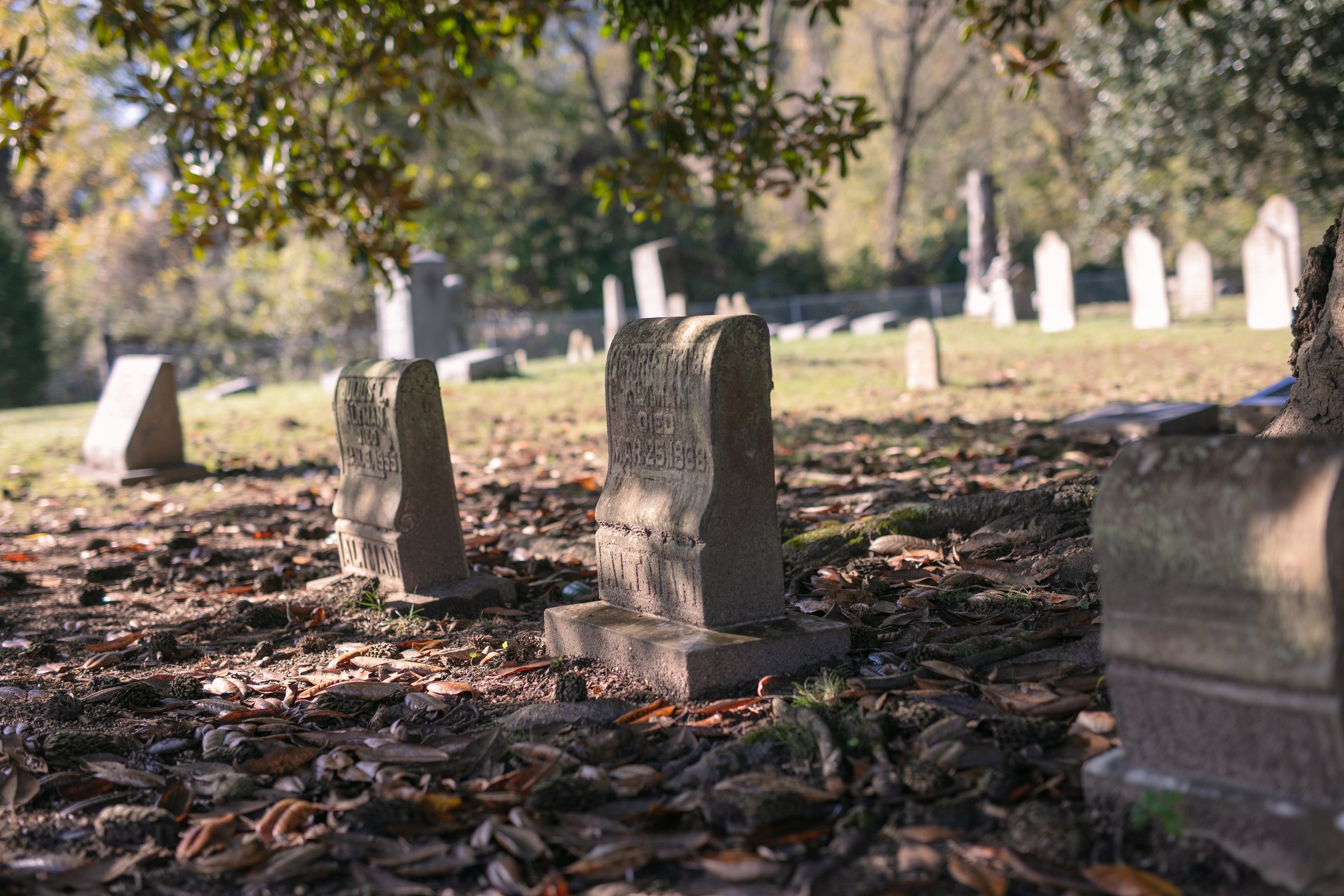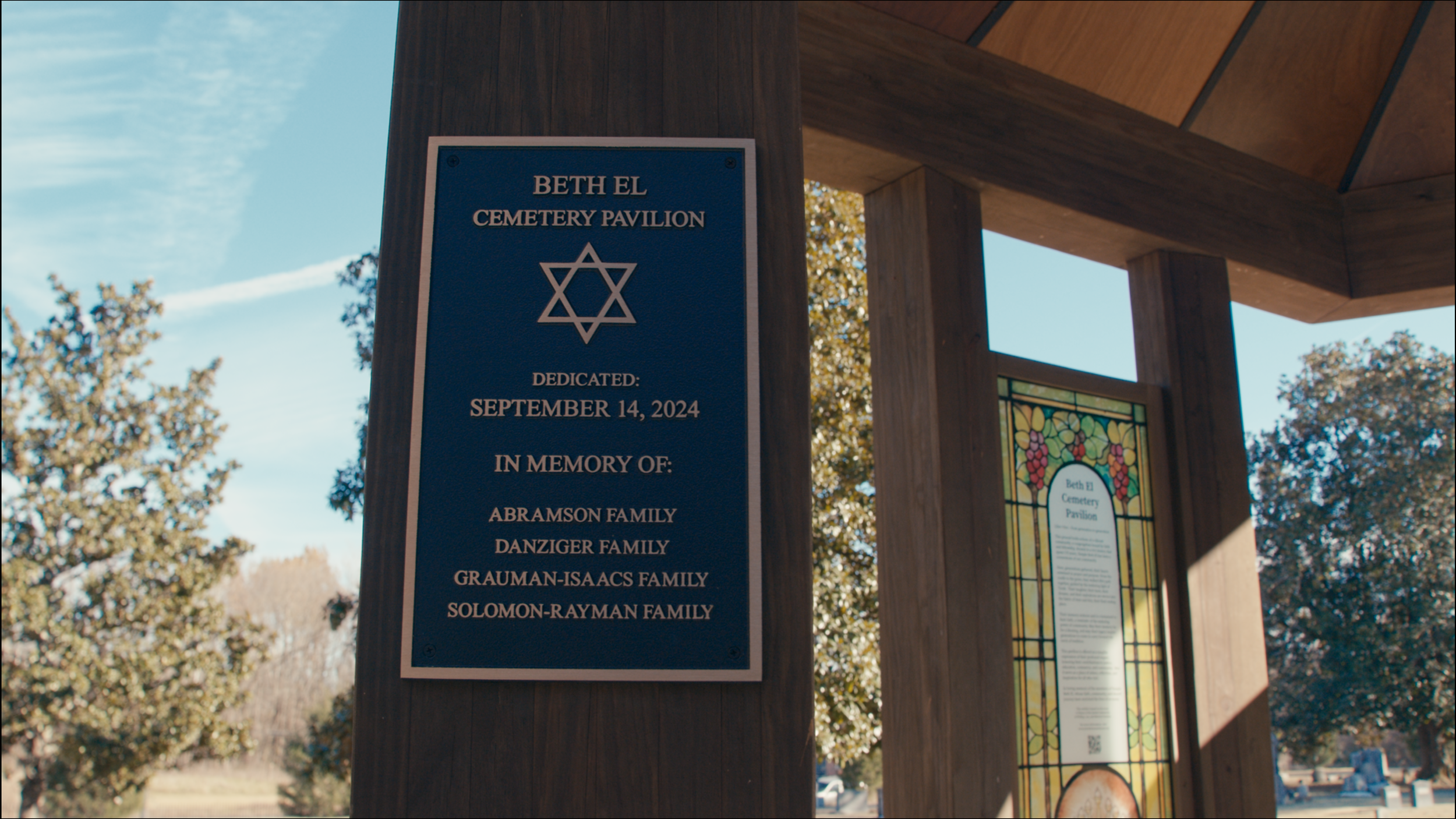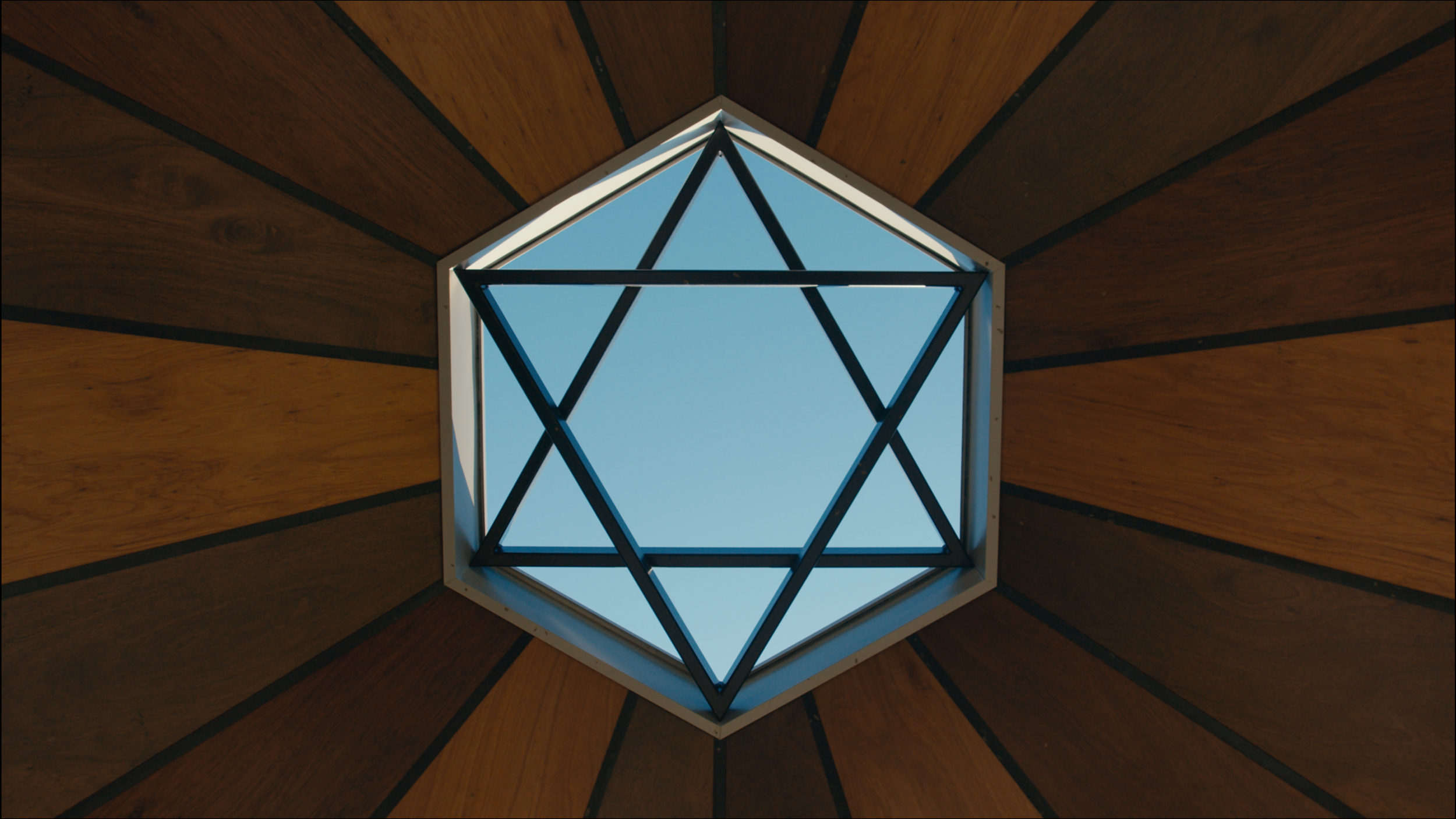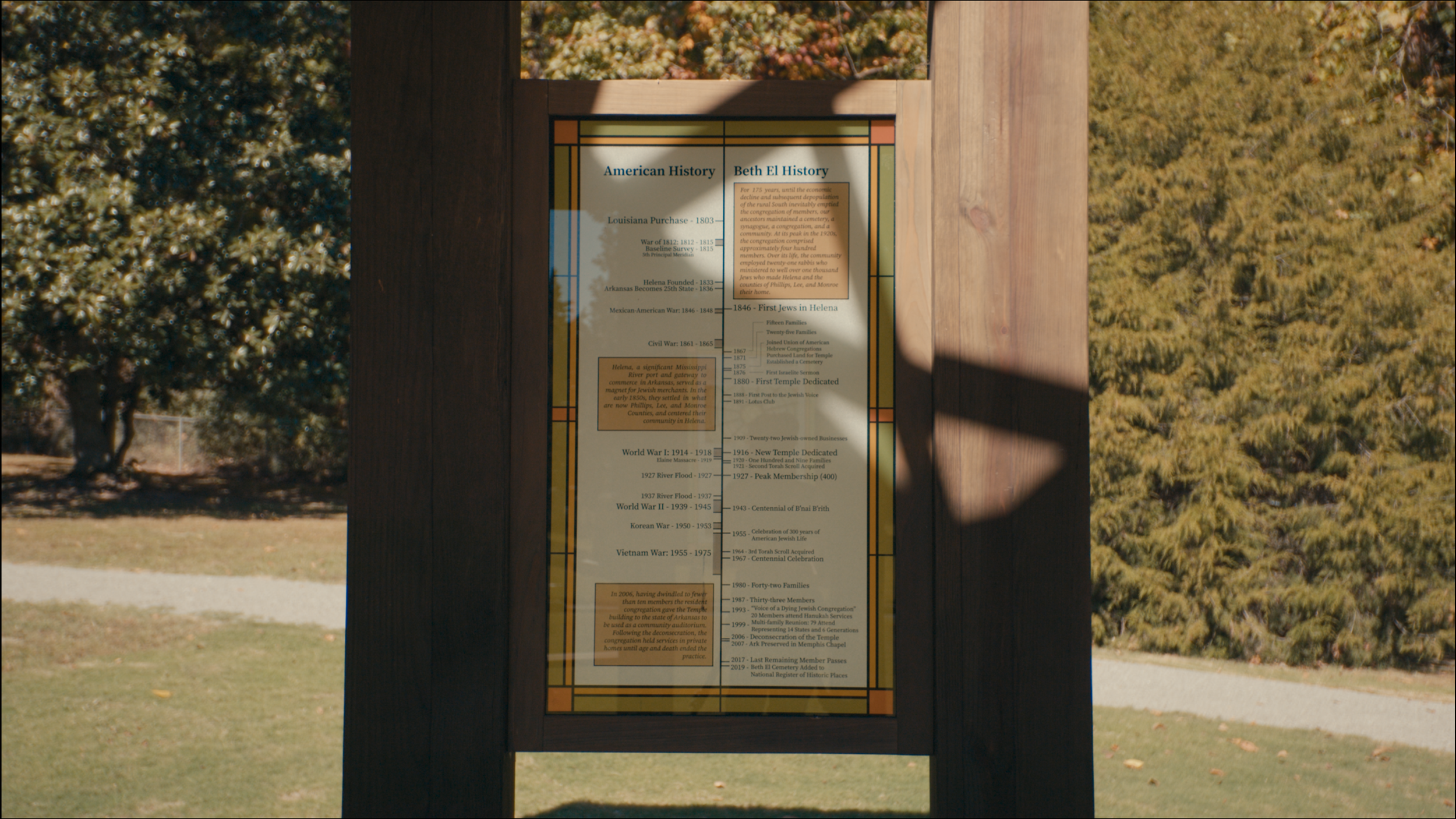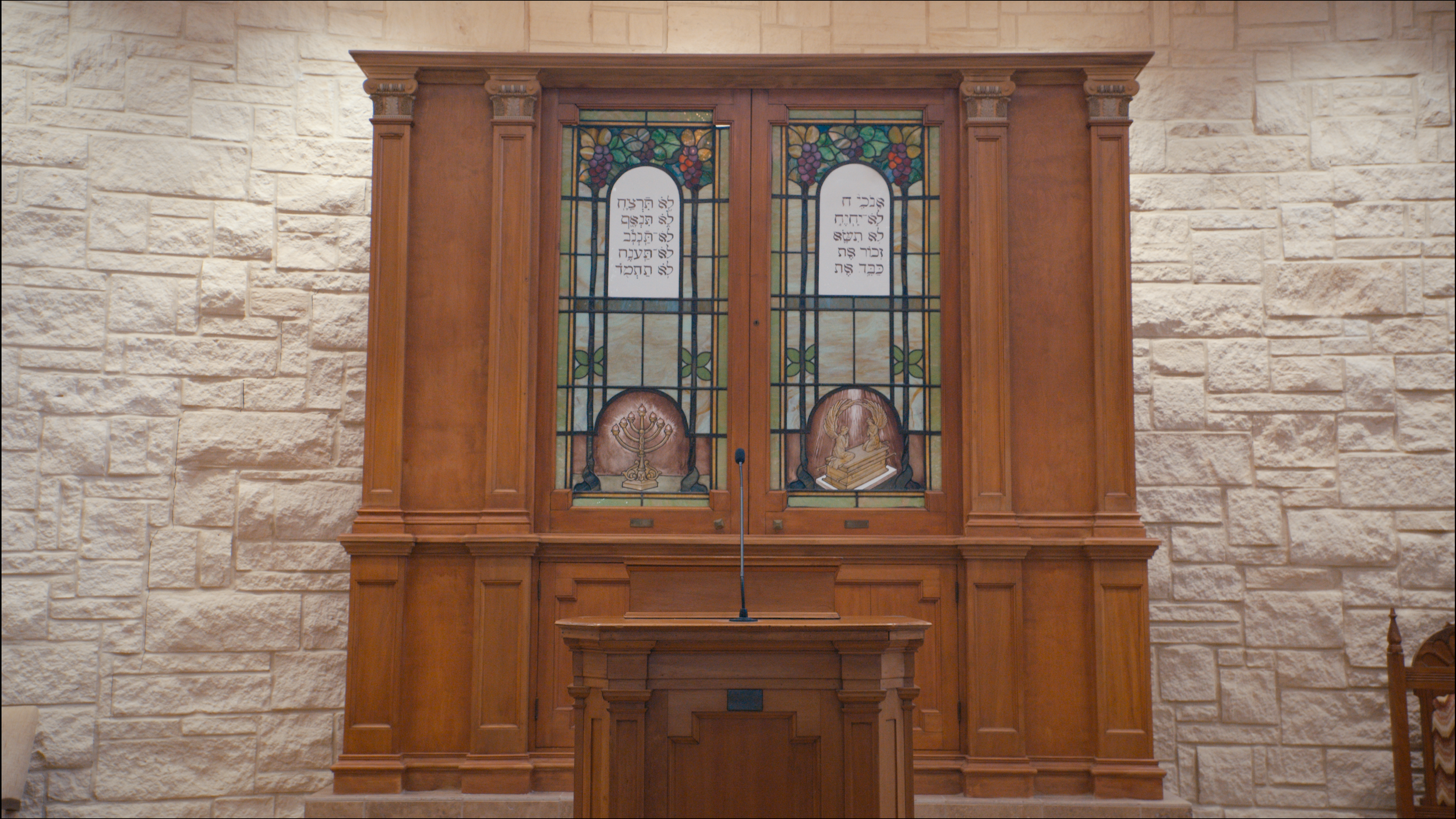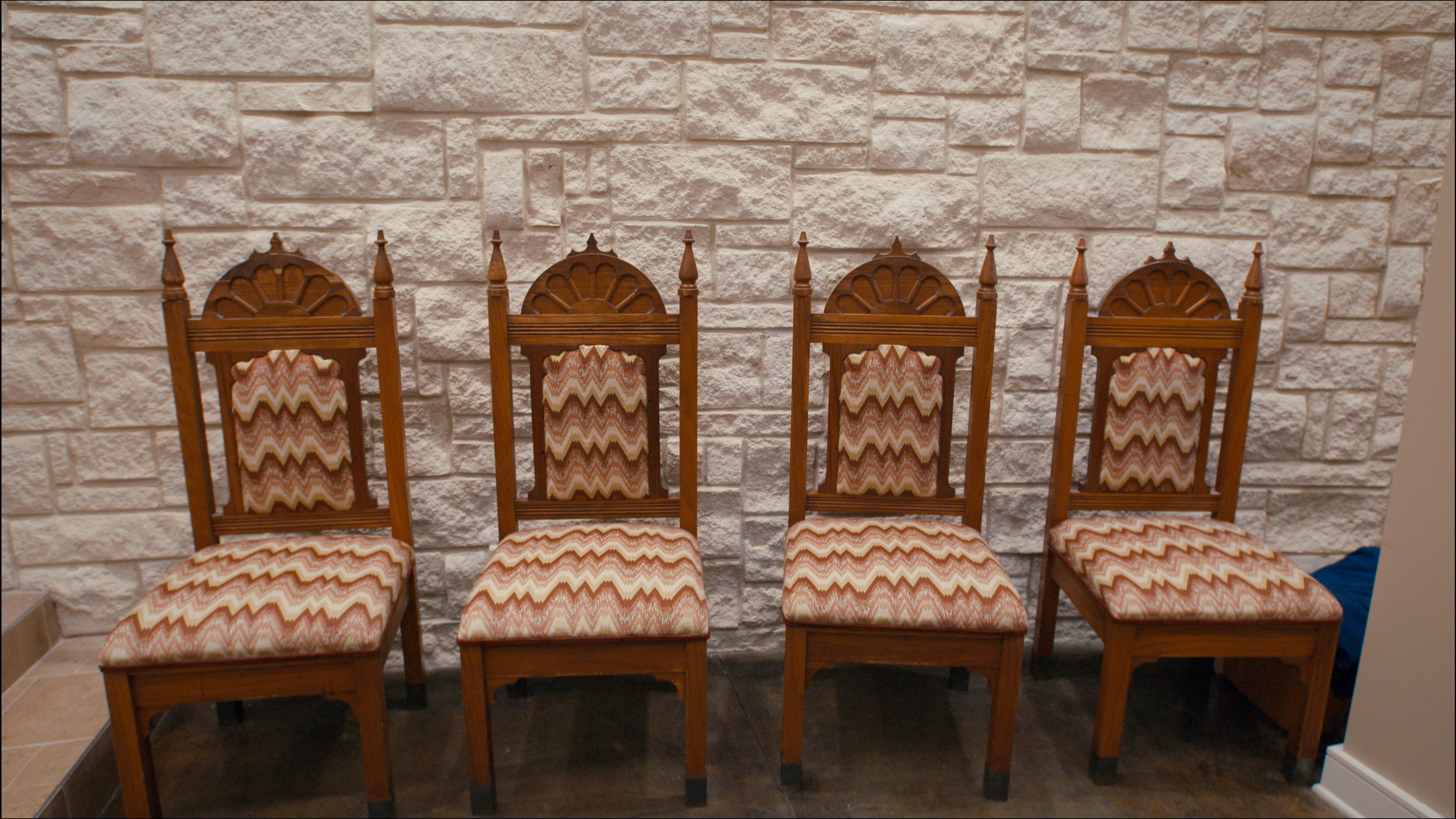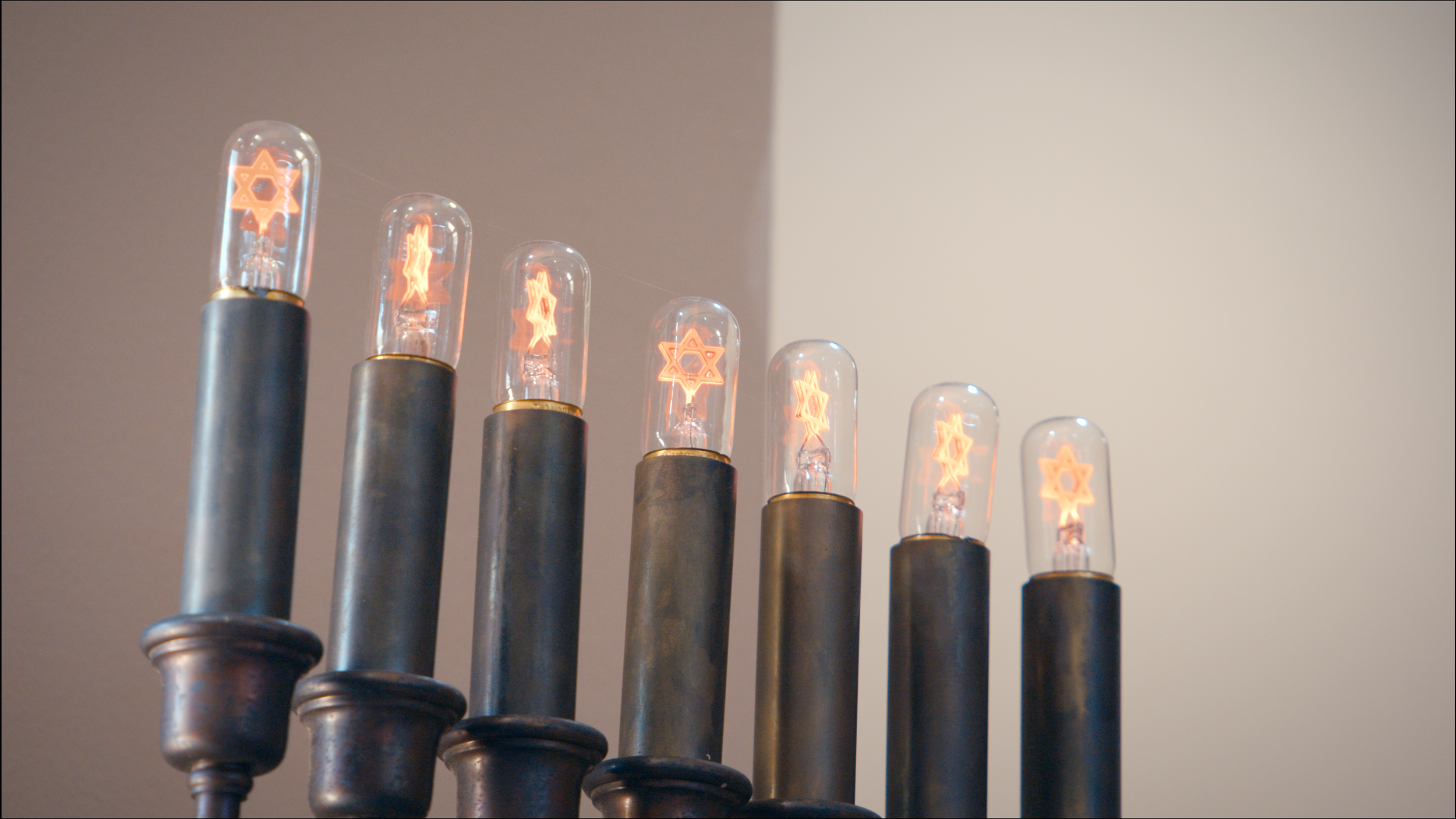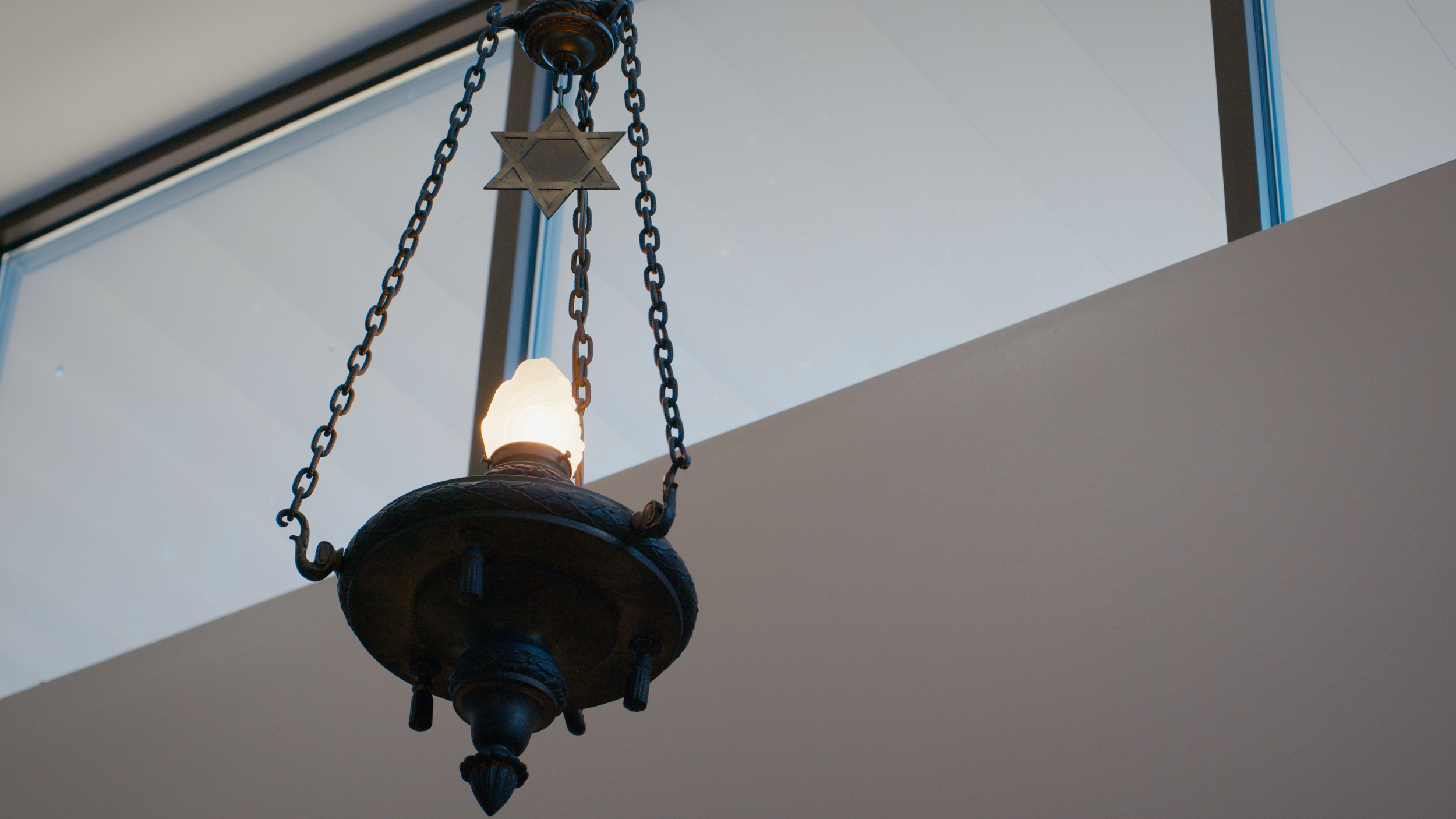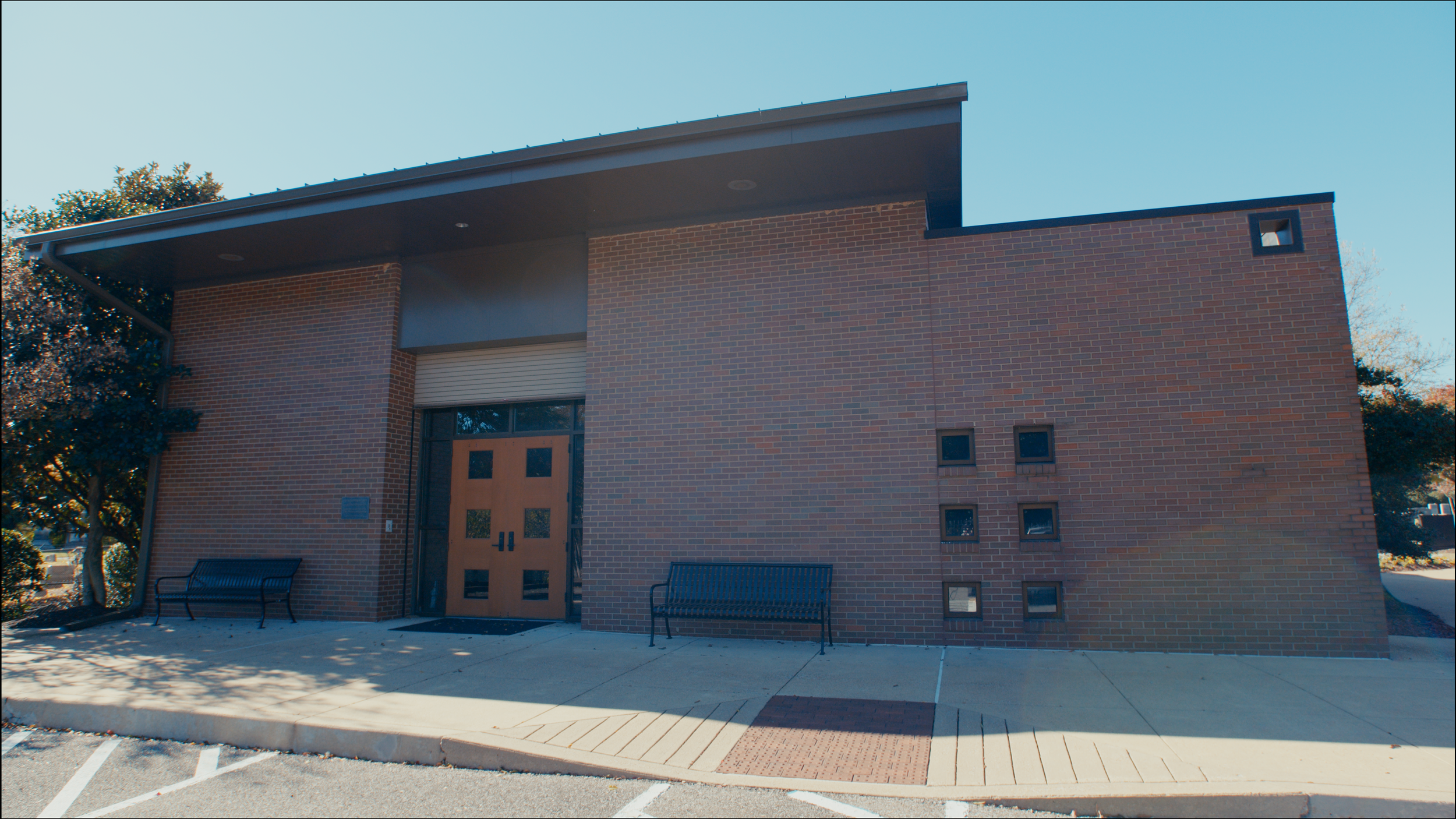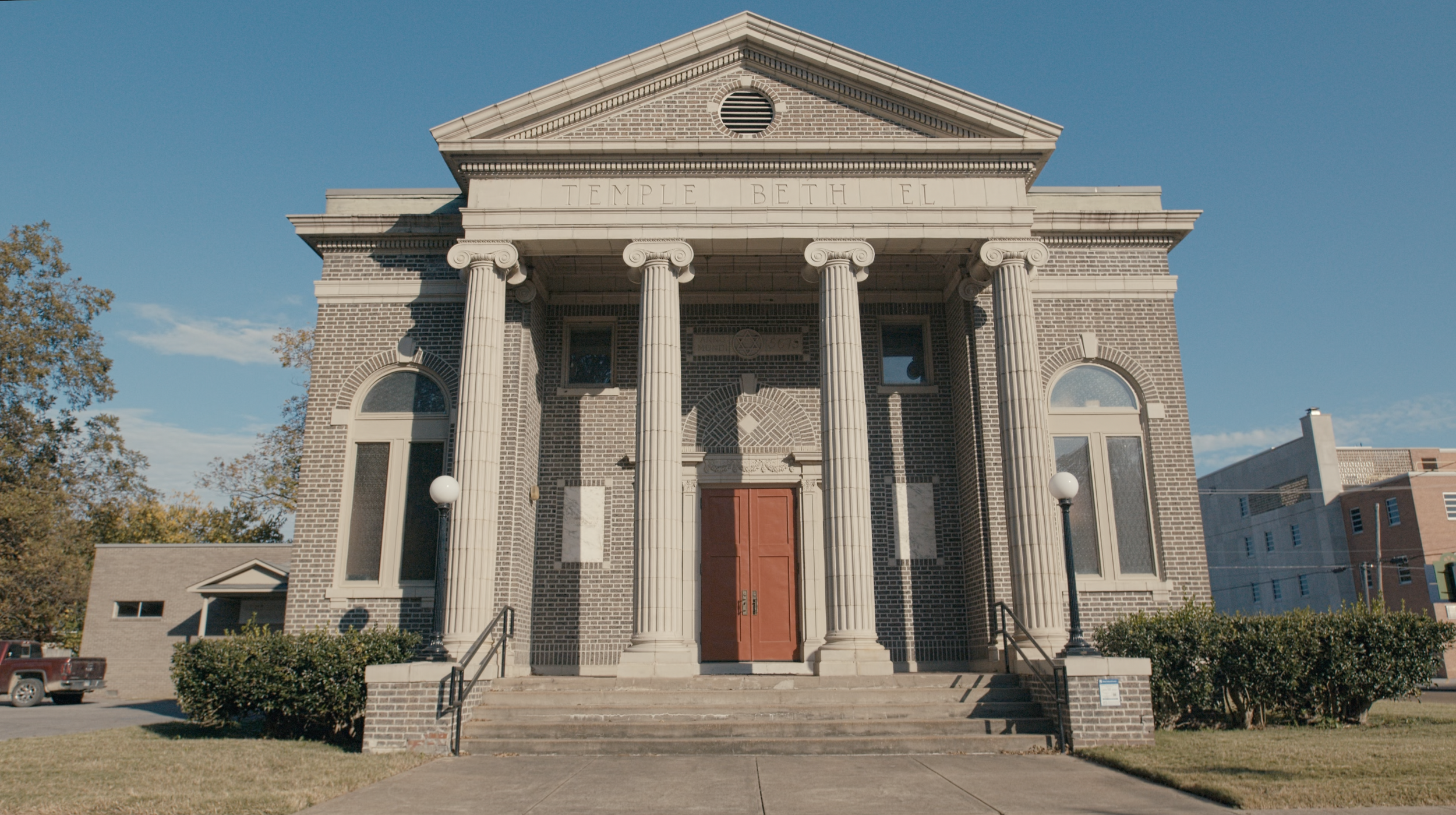Monuments of Faith
Beth El Heritage Hall and Temple Beth El Cemetery stand as monuments to the Jewish community of Helena’s shared faith, shared history, and mutual love for one another.
Temple Beth El Historical Pavilion Dedication - September 14th, 2024
Read about Our Monuments
-
Beth El Heritage Hall, formerly known as Temple Beth El, was constructed in an elegant Neo-Classical style during a period known in architecture as the American Renaissance (1880 - 1917). Built in 1916 for a cost of $25,000, the former temple stands today as a testament to the vitality, hard work, and economic strength of the Jewish community in Helena. This temple, the second constructed by the Temple Beth El community, doubled the capacity of the former temple, seating 400.
Since 2006, the former Temple Beth El has resided in the care of the Delta Cultural Center, a museum of the Arkansas Department of Parks & Heritage, as “Beth El Heritage Hall. After its deconsecration, the Temple’s ark and other ritual objects were donated to Temple Israel for use by their cemetery chapel. The Delta Cultural Center then renovated the building, restoring much of the original beauty of its windows and wooden millwork, as well as rebuilding the stage and adding a media enabled podium, insuring the hall would be useful for future community events.
Some of its notable features include:
- The colossal portico, which was designed in the Ionic order.
- The parapet located above the cornice between the gables and portico could be composed of either stone or plaster.
- An exterior brick pattern laid accord to the Flesh bond.
- The symmetrical design, an important feature of Neo-Classical architecture.
- Long pews, unique in their curvature.
- Wooden rolling doors in the back of the building, composed of interlocking wooden slats.
- Palladian windows on the sides of the building, with interiors that are trimmed in stained wood and feature pilasters with Corinthian capitals.
- The impressive pipe organ, which cost $4,000 in 1916 and was largely funded by the congregation’s Ladies Benevolent Organization.
- An elegant stained-glass dome skylight which features the Star of David at its epicenter.Beth El Heritage Hall may be visited or booked by appointment. Please contact the Delta Cultural Center in order to make your arrangements.
-
Temple Beth El Cemetery is located at the northwest of the intersection of Marble Street and Holly Street, where Holly Street changes name to Sterling Road. The cemetery was established in 1875 and is the second cemetery of Helena's Jewish community. It is the one of the oldest and most noteworthy Jewish cemeteries west of the Mississippi River. The earliest known burial was in 1862 and the burials continue to the present day, with only a small proportion of modern day burials.
The cemetery, which is roughly 2.5 acres in size, is owned by the trustees of Temple Beth El Cemetery and managed by its Board. At the end of 2016, the cemetery contained 390 gravestones and memorials. Among the gravestones, there are approximately twenty-three World War I and World War II veterans, and one veteran from the Vietnam era. Also, a Holocaust survivor is buried within the cemetery. The gravestones are manufactured out of marble, granite, and concrete, formed as tablets, upright stones and obelisks.
The carving patterns and architectural features found on the gravestones in the cemetery represent many popular funerary arts, including Jewish motifs, from the second half of the nineteenth century to the present day. While some of the century-old patterns have become blurry because of weathering, many of the carvings are in excellent condition and have distinctive religious symbolism.
A detailed description of these symbols and their meaning, as well as the history of the cemetery, can be found in the Historic Landmark Application, viewable in our archives page, within the Gradus Collection.
No appointments are necessary to visit the cemetery, which is open seven days a week, from dawn to dusk.
-
In 2024, a Pavilion was built and dedicated in Beth El Cemetery to provide a place of rest and reflection for visitors, as well as to host six “Windows of History,” which share the 175 year history of the Jewish community to all who visit.
Some of its notable features include:
Six Windows of History made from rolled pattern glass, inspired by the frosted windows at Beth El Heritage Hall.
The hexagonal design of the Pavilion was motivated by the Star of David, which provides the shape of the Pavilion, as well as a natural skylight in homage to the domed skylight in Beth El Heritage Hall.
Descending down from the Star of David is a stained wood ceiling, which descends into the columns that support the structure and frame the windows. The tones of the stained wood represent and match the trees that provide shade to the cemetery.
Between the wood columns, benches are in-set, to provide a place of rest to visitors, under shelter from both sun and rain, to reflect on this history and its heritage.
No appointments are necessary to visit the cemetery or its pavilion, which is open 7 days a week, from dusk until dawn.
-
After the deconsecration of Temple Beth El in 2006, the temple’s ark and other ritual objects, including the Torah scrolls, everlasting light, and chairs, were donated to Temple Israel in Memphis, to be used in their cemetery chapel. Members of Temple Israel paid for the chapel to be fully renovated in order to properly host the ark and ritual objects. Levy-Cooper Chapel now preserves a spiritual bond of continuity with Temple Beth El and its historic community each time it is used for a ceremony.
Levy-Cooper Chapel may be visited by appointment. Contact Temple Israel of Memphis to make arrangements.

